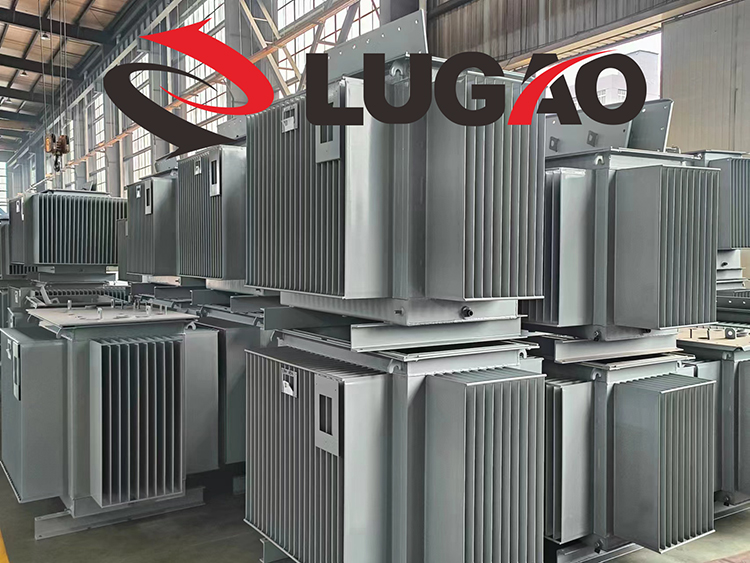
- English
- Español
- Português
- русский
- Français
- 日本語
- Deutsch
- tiếng Việt
- Italiano
- Nederlands
- ภาษาไทย
- Polski
- 한국어
- Svenska
- magyar
- Malay
- বাংলা ভাষার
- Dansk
- Suomi
- हिन्दी
- Pilipino
- Türkçe
- Gaeilge
- العربية
- Indonesia
- Norsk
- تمل
- český
- ελληνικά
- український
- Javanese
- فارسی
- தமிழ்
- తెలుగు
- नेपाली
- Burmese
- български
- ລາວ
- Latine
- Қазақша
- Euskal
- Azərbaycan
- Slovenský jazyk
- Македонски
- Lietuvos
- Eesti Keel
- Română
- Slovenski
- मराठी
- Srpski језик
Evaluating the Economic Impact of Power Transformer Reliability in Substations
2024-01-25
Strategic Insights: Evaluating the Economic Impact of Power Transformer Reliability in Substations

Power transformers stand as linchpins in power grid functionality, seamlessly converting high-voltage power for widespread use in homes and businesses. However, the potential for transformer failures due to aging, voltage surges, and environmental factors poses a significant risk, leading to substantial economic losses in terms of downtime and repair costs. In this context, a meticulous evaluation of the economic impact of power transformer reliability in substations becomes imperative for making informed decisions.
A Holistic Assessment: Total Cost of Ownership (TCO):
The crux of evaluating economic impact lies in a comprehensive understanding of the Total Cost of Ownership (TCO) associated with the transformer. This entails factoring in initial and installation costs, ongoing maintenance and repair expenses, and the financial toll of downtime. Downtime costs, reflecting lost revenue during a transformer failure, require careful consideration of variables such as affected customers, outage duration, and average revenue per customer. TCO emerges as a powerful tool for comparing different transformer models, aiding in the identification of the most cost-effective option.
Beyond TCO: Factors Shaping Economic Outcomes:
Looking beyond TCO, various nuanced factors wield influence over economic outcomes. The geographical location of the substation plays a pivotal role, especially in densely populated areas, where downtime costs escalate due to a more extensive customer base. Additionally, the age and condition of substation equipment contribute significantly to transformer reliability; older substations with outdated equipment are more susceptible to failures, resulting in heightened economic losses.
Proactive Measures for Economic Resilience:
Mitigating economic losses requires a proactive approach through preventive maintenance measures. Regular inspections, thorough oil testing, and advanced thermal imaging serve as preemptive strategies to identify potential issues before they escalate into critical problems. Embracing modern transformer designs proves to be a game-changer, with features like online monitoring, fault detection, and self-healing capabilities significantly enhancing reliability and reducing downtime costs.

Conclusion: Informed Decision-Making for Resilient Infrastructure:
In conclusion, a meticulous evaluation of the economic impact of power transformer reliability guides strategic decision-making processes related to transformer purchases and maintenance. TCO analysis facilitates a nuanced comparison of different transformer models, aiding in the identification of the most cost-effective solution. Factors such as substation location and equipment condition must be factored in for a comprehensive assessment. By implementing proactive measures and embracing modern transformer designs, the reliability of power transformers can be elevated, resulting in reduced economic losses and a marked enhancement in grid performance. Make informed decisions to fortify the resilience of your power infrastructure.




